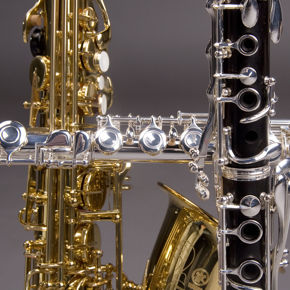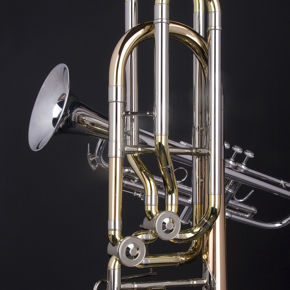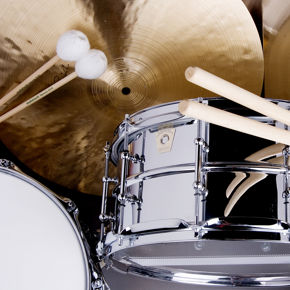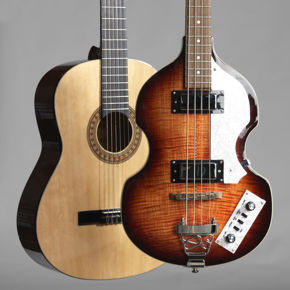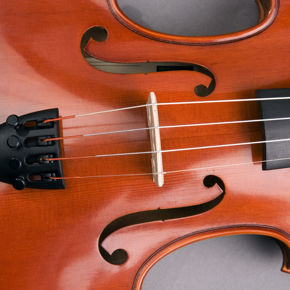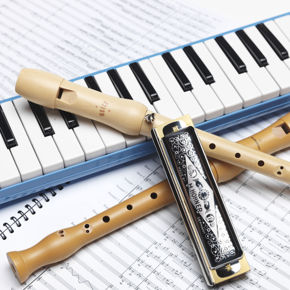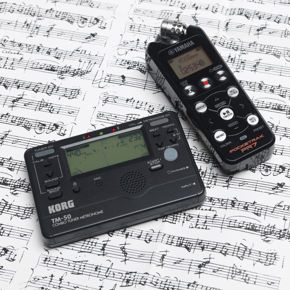A new wooden recorder has to be played in. Give your instrument time to get accustomed to the moisture and warmth that comes through playing. You can use this time to explore and become familiar with the unique characteristics of your recorder.
Play it daily in the first three to four weeks but not for periods longer than 20 minutes. Look for slow passages to play. Explore and savour every individual note: what makes each note sound best? Experiment with various dynamic levels. Find the limits of your instrument, but dont tax it too much in the high registers.
Older wooden recorders that have gone without being played for a while must be played in again.
Wooden recorders with plastic head joints are ready to be played immediately and dont need to be played in.
Wood is a living, breathing material: for this reason the recorder maker crafts the windway to be a bit wider than necessary when new. Thus, while it is being played in, the block may swell slightly. However, the block sometimes swells more than expected, which may cause problems with the response or result in a 'hoarse sound. If this is the case with your instrument, we can easily solve the problem with a simple correction in our Recorder Clinic.
Warm up your instrument before playing it, especially during the colder seasons of the year. You might try warming it up under your arm or by placing it in your pocket. In this way, you will avoid a build-up of condensation and possible problems with 'hoarseness or a slow response when playing.
Dry each part of the recorder carefully after playing. Use a cleaning rod with a cotton (lint-free) cleaning cloth. Do not forget to blow out the condensation that has collected inside the instrument. Hold the palm of your hand against the open end of the head joint, place your mouth over the labium and blow strongly the moisture will escape at the top of the windway. Be careful: many players place their fingers on the labium while blowing through the windway. The labium edge is very easily damaged, so ensure your fingernails never come into contact with the labium!
After playing, keep your recorder out of its case to let it dry.
Do not keep it assembled during this time, as this could result in warping or even the formation of cracks at the tenons.
Mould tends to grow in recorders that have not been given sufficient time to dry!
Protect your recorder from extreme changes of temperature as this leads to cracking from the stresses placed on the wood.
Avoid storing your recorder in hot places such as in cars or on windowsills, which could cause the paraffin wax used for impregnation to melt.
Clean the surface of your recorder with a damp cloth. Using a drop of washing up liquid will allow you to remove unsightly marks even more easily, especially around the beak. The windway can be carefully cleaned with the help of a bird feather. Recorders made of plastic can be washed in the dishwasher.
The tenons of your wooden recorder need maintenance to keep them responsive and easy to move. You can use the joint grease that comes with every instrument for this purpose.Be sure to apply it sparingly, removing excess grease to avoid it getting into the edges of the finger holes. If the joints are stiff and difficult to twist, try rotating them in one direction only. That will make it easier!
Recorders with keys require special attention: when assembling or dismantling your recorder, always grasp the body either above or below the keys to avoid bending the key mechanisms. If g your recorder a key no longer works lightly and soundlessly any more, it might just need a drop of oil applied between the hinges. . Do not use recorder oil, which is only meant for wood maintenance!
Anticondens is effective in preventing 'hoarseness' caused by condensation which blocks the windway. A combination of organic washing up liquid and water, it releases the surface tension of the little water droplets within the windway, leading to a flat film of moisture. Dribble just a few drops of Anticondens into the windway from the side of the labium and let it run down over the block surface to the windway entrance. Then blow the Anticondens out of the recorder as described above.

